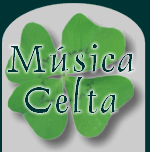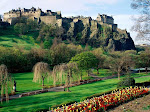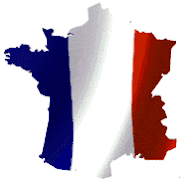Wardruna is a Norwegian musical constellation set out to explore and evoke the depths of Norse wisdom and spirituality. Musically Wardruna has its main focus on the cultic musical language found in the near-forgotten arts of galder, seidr and the daily acts of the cultic life, mixed with impulses from Norwegian / Nordic folk music and music from other indigenous cultures.
The upcoming album entitled ‘gap var Ginnunga’ will be the first in the planned Runaljod trilogy that will interpret the runes of the elder futhark. The subsequent albums will be entitled ‘Yggdrasill’ and ‘Ragnarok’. Each album will feature eight runes, but not in accordance with the order of the three aettirs (families), which is most commonly used. ‘gap var Ginnunga’ will feature the following runes: * Hagal * Bjarkan * Thurs * Jara * Laukr * Kauna * Algir * Dagr
Recordings partly take place outdoors at locations relevant to the different runes. The instruments they use are mainly old and historical instruments, such as deer-hide frame drums and ceremonial drums, mouth harp, clove / hoof rattles from deer and goat, bone flute, goat and cow horns, Hardanger fiddle and bowed lyres. More unconventional inputs like trees, stones, water, fire etc. are also employed to enhance the nature of the rune being ‘portrayed’.
The upcoming album entitled ‘gap var Ginnunga’ will be the first in the planned Runaljod trilogy that will interpret the runes of the elder futhark. The subsequent albums will be entitled ‘Yggdrasill’ and ‘Ragnarok’. Each album will feature eight runes, but not in accordance with the order of the three aettirs (families), which is most commonly used. ‘gap var Ginnunga’ will feature the following runes: * Hagal * Bjarkan * Thurs * Jara * Laukr * Kauna * Algir * Dagr
Recordings partly take place outdoors at locations relevant to the different runes. The instruments they use are mainly old and historical instruments, such as deer-hide frame drums and ceremonial drums, mouth harp, clove / hoof rattles from deer and goat, bone flute, goat and cow horns, Hardanger fiddle and bowed lyres. More unconventional inputs like trees, stones, water, fire etc. are also employed to enhance the nature of the rune being ‘portrayed’.













































